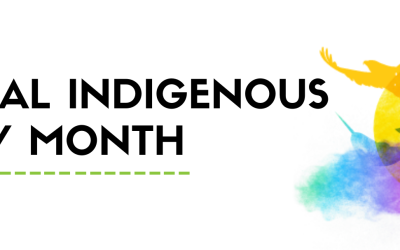WINNIPEG – The Frontier Centre for Public Policy today released the fourth annual Aboriginal Governance Index (AGI). The AGI is an ambitious project that promotes accountability, transparency and the dissemination of best practices by evaluating the quality of governance institutions in Prairie First Nations. The AGI relies on opinion surveys to gather residents’ perceptions of their band’s government, and ranks each participating band on the basis of those surveys. This year’s project used approximately 5, 000 surveys to evaluate 78 bands spread across Manitoba, Saskatchewan and Alberta.
The AGI measures five different dimensions of high-performance government based on survey responses in each community, and combines these scores to produce an overall score that provides a general indicator of the strength of governance institutions in each community. The dimensions of good government evaluated in the report are:
- Elections: How fair and impartial are votes for leaders?
- Administration – How effectively is the band’s business conducted?
- Human Rights – How much regard is assigned to basic rights?
- Transparency – How well are citizens informed about government?
- Economy – How well is the community providing economic development?
Top ten First Nation: One of the primary objectives of the AGI is to celebrate examples of good government in Aboriginal communities, and to bring attention to successful First Nations governments so that their best practices can be studied and emulated by leaders elsewhere. The following ten reserves earned the highest overall scores in this year’s AGI. All scores are out of 100 possible points:
• Ochapowace First Nation (SK) 77.2%
• Muscowpetung First Nation (SK) 77%
• O’Chiese First Nation (AB) 76%
• Saulteaux First Nation (SK) 72.6%
• Wahpeton Dakota Nation (SK) 72.2%
• Little Pine First Nation (SK) 71.4%
• Yellow Quill First Nation (SK) 71.2%
• Carry the Kettle First Nation (SK) 71.2%
• Paul First Nation (AB) 71.2%
• Mosquito, Grizzly Bear’s Head, Lean Man First Nations (SK) 70.8%
Strengths and Weaknesses
The AGI project seeks to identify areas of general strength and weakness in terms of the quality of governance institutions in Prairie First Nations. While recognizing the diversity of First Nations communities and being wary of overly broad generalizations, the size of our survey sample and the detail of our questionnaires provide a wealth of information that can help us to better understand the general areas of strength and weakness in Aboriginal governance structures in the Prairie Provinces.
• Elections are clearly an area of strength. Our respondents expressed more confidence about their electoral processes than any other aspect of on-reserve governance. 87% of respondents said that they believed votes were either “definitely” or “probably” counted fairly in the last election. Just 13% gave a negative response.
• Our surveys suggest nepotism is a problem in some communities. 69% of respondents said that being related to the band’s chief would be at least a “small help” in getting a job. Furthermore, 22% said that it would “guarantee” a job.
• While there are signs of progress, a lack of transparency remains a problem in many communities. Just 20% of respondents said that their band “definitely” allows access to business plans and financial statements. A similar, number, 23%, said that this information is “never” made available to them.
Best Practices
A primary objective of the AGI is to identify and highlight best practices, so that proven strategies for the creation of high-performance government institutions can be used to improve First Nations government all across Canada. The best practices – already in use in some of the highest performing bands – described in the AGI report are:
• Encourage the development of independent media
• Post band documents online
• Hold official meetings on-reserve whenever possible
• Separate business and politics by building a firewall between businesses and program managers on the one hand and elected officials on the other.
Joseph Quesnel, primary author of the study, stated that a major purpose of the AGI is to help enable the development of good governance institutions by enabling the diffusion of successful policies. “The objective of the AGI is to work together with the citizens of First Nations communities to help build high-performance local governments that deliver accountability, transparency and economic opportunity.” Quesnel also noted that the project received extensive cooperation from the leaders of many Aboriginal communities.
"All Canadians deserve effective, fair and open governance institutions. The AGI is about sharing knowledge, celebrating excellence and highlighting best practices to help make this ideal a reality for indigenous Canadians.”
For the survey analysis and the full list of band rankings, the Frontier Centre’s Recognizing Good Governance on Prairie First Nations: The Fourth Annual Aboriginal Governance Index can be downloaded HERE.
For more information and to arrange an interview with the study’s authors, media (only) should contact:
Joseph Quesnel
Policy Analyst
403-360-3078


